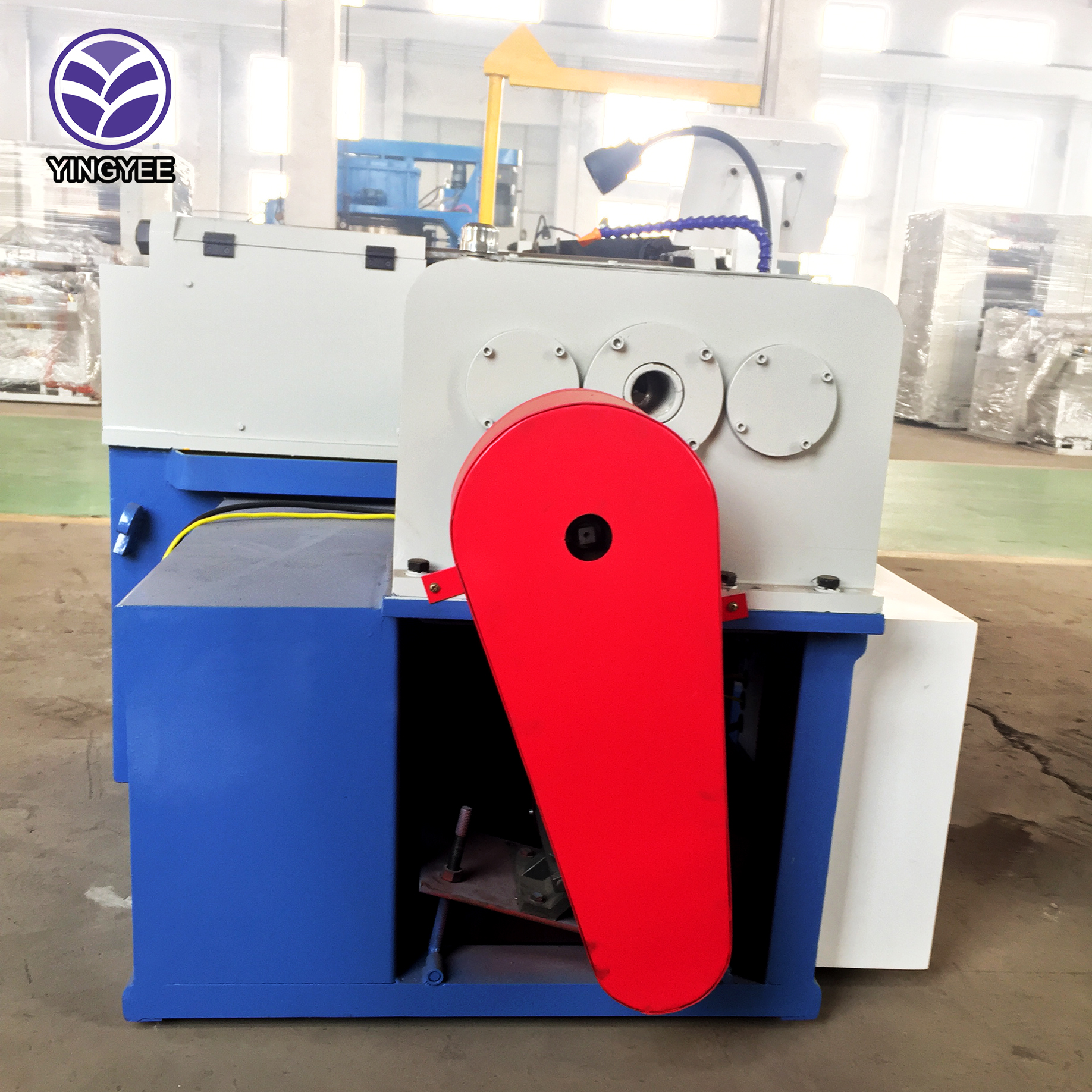
Understanding the Truck Fender Cold Bending Machine
In the world of manufacturing, efficiency and precision are critical to producing high-quality products. One of the essential tools in the automobile industry, particularly in the fabrication of truck fenders, is the cold bending machine. This specialized machinery is designed to shape and form metal components without the application of heat, offering unique advantages and capabilities for manufacturers.
The Purpose and Importance of Truck Fenders
Truck fenders play a vital role in protecting heavy-duty vehicles and their cargo. They are designed to prevent mud, water, and debris from being thrown into the air by the tires, thus ensuring the safety and cleanliness of the vehicle and its surroundings. Moreover, fenders contribute to the aerodynamic efficiency of trucks, further enhancing performance. Therefore, creating fenders with precision is crucial, and the cold bending process meets this need effectively.
What is a Cold Bending Machine?
A cold bending machine is a type of metal forming equipment that bends materials at room temperature without the application of heat. This machine can be used for various materials, including steel, aluminum, and other alloys. The cold bending process involves applying force to the metal, leading to a permanent deformation. The advantage of this method lies in its ability to maintain the material's inherent strength and structural integrity, producing components that can withstand significant stress and pressure.
Features of a Truck Fender Cold Bending Machine
Modern truck fender cold bending machines are equipped with advanced technology to enhance productivity and efficiency. Here are some key features
1. Precision Control These machines often come with computer numerical control (CNC) systems, allowing operators to create highly accurate and consistent bends. This precision is crucial in ensuring that each fender fits perfectly on the truck.
2. Versatility A good cold bending machine can handle various sizes and thicknesses of materials, making it adaptable to different design specifications and production requirements.

4. Energy Efficiency Since the cold bending process does not require heating the metal, it consumes less energy compared to traditional bending methods. This aspect is particularly attractive for manufacturers looking to lower operating costs and reduce their environmental impact.
The Cold Bending Process
The cold bending process typically involves several stages
1. Material Preparation The sheets or strips of metal are cut to the required dimensions and prepared for bending.
2. Loading The material is loaded onto the cold bending machine, ensuring it is securely positioned for accurate bending.
3. Bending Using hydraulic or mechanical force, the machine bends the metal to the desired angle. The level of control and precision means that shapes can be replicated with minimal variation.
4. Finishing After bending, the fender might require finishing processes such as trimming, drilling, or surface treatment to enhance durability and aesthetics.
Conclusion
The truck fender cold bending machine represents a significant advancement in manufacturing technology, addressing the specific needs of the automotive industry. By allowing for the efficient, precise, and energy-effective production of fenders, these machines not only improve the productivity of manufacturers but also enhance the quality of the final products. As the demand for better performance and sustainability increases, the cold bending machine is poised to play an even more critical role in the future of vehicle manufacturing. For companies aiming to stay competitive in the market, investing in modern cold bending technology is not just an option; it is becoming a necessity. The marriage of innovation and tradition in manufacturing processes continues to shape the landscape of the automobile industry, and cold bending is a perfect example of this evolution.